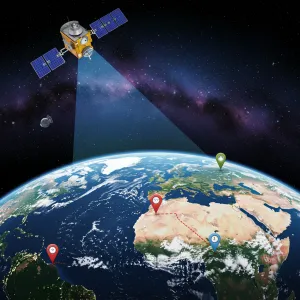GPS stands for Global Positioning System, a network that supports fleet safety and asset tracking through precise location services. This technology forms the foundation for modern navigation and tracking applications.
The system was originally developed for military use but has since become an essential part of civilian infrastructure, powering everything from smartphone navigation to precision agriculture.





